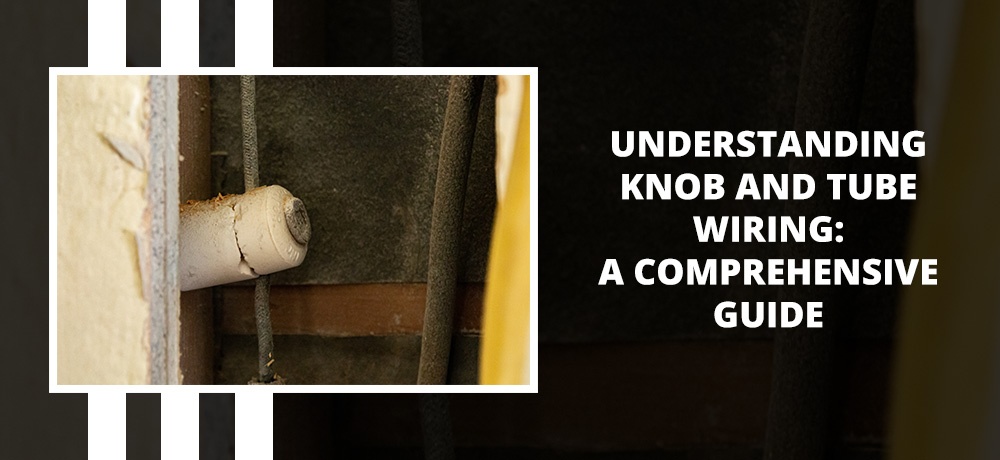Understanding Knob and Tube Wiring: A Comprehensive Guide

Are you living in an old building or house? Do you know if your electrical wiring is up to date? Chances are, if you live in an old building or house, you may have knob and tube wiring. Knob and tube wiring was commonly used in homes built between the 1880s and the 1940s. This type of wiring was popular because it was a reliable and efficient way to transmit electricity. However, over time, this type of wiring has become outdated and potentially dangerous.
At Avivi Electric, we believe in providing quality electrical service at a fair and competitive price. Our team of expert electricians has the knowledge and experience to help you understand knob and tube wiring and manage the risks associated with it. This comprehensive guide will give you all the information you need to know about knob and tube wiring.
What is Knob and Tube Wiring?
Knob and tube wiring is a type of electrical wiring that was commonly used in homes and buildings built before the 1940s. This wiring system consists of two separate wires that run parallel to each other and are held in place by ceramic knobs and tubes. The ceramic knobs and tubes are used to insulate the wires and prevent them from coming into contact with each other or any other materials.
What are the Risks Associated with Knob and Tube Wiring?
While knob and tube wiring was a reliable and efficient way to transmit electricity, it has become outdated and potentially dangerous. Some of the risks associated with knob and tube wiring include:
1. Lack of Grounding:
Knob and tube wiring does not have a grounding wire, which means that there is no direct path for electrical current to follow in the event of a fault. This can lead to electrical shocks and fires.
2. Overloading:
Knob and tube wiring was not designed to handle the electrical demands of modern appliances and electronics. This means that the wiring is more likely to overheat and cause a fire.
3. Degradation:
Over time, the insulation on knob and tube wiring can degrade, leading to exposed wires and potential electrical hazards.
How Can You Manage the Risks Associated with Knob and Tube Wiring?
If you have knob and tube wiring in your home or building, it is important to take steps to manage the risks associated with it. Here are some tips to help you manage the risks:
1. Upgrade your Electrical System:
The best way to manage the risks associated with knob and tube wiring is to upgrade your electrical system. This will involve replacing the knob and tube wiring with modern wiring that meets current electrical codes.
2. Use GFCI Outlets:
Ground Fault Circuit Interrupter (GFCI) outlets can help protect you from electrical shocks. These outlets are designed to trip when they detect a fault in the electrical system.
3. Avoid Overloading:
Do not overload your electrical system by plugging in too many appliances or electronics. This can cause the wiring to overheat and potentially cause a fire.
Knob and tube wiring is an outdated and potentially dangerous electrical system. If you have knob and tube wiring in your home or building, it is important to take steps to manage the risks associated with it.
At Avivi Electric, we are committed to providing quality electrical service at a fair and competitive price. If you need assistance with knob and tube wiring or any other electrical issue, please click here or give us a call at (908) 884-8524 and we would be glad to help.